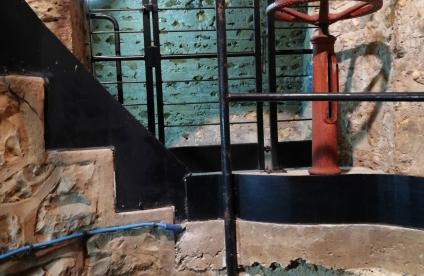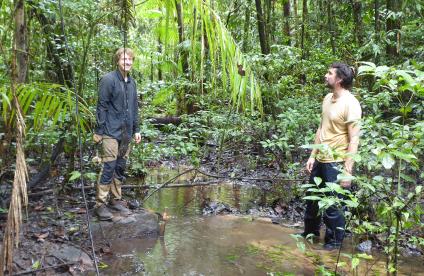The Convergence e-seminar held on 9 and 10 February 2021 was the culmination of five years of research in partnership with Total and the CNRS. It concluded the ‘Orogen’, ‘Source to Sink’ and ‘Fluids’ projects carried out by interdisciplinary teams – first and foremost BRGM – in line with the Pyrenees project of the Référentiel Géologique de la France (RGF), the French geological reference database. These three research projects provided new answers to scientific questions that are crucial to the understanding of mountain range formation, sediment transfer and the role of deep fluids.
This large-scale work, focused on the Pyrenean range but also extended to orogenic processes or similar problems in Spain, Morocco, French Guiana and Oman, is an essential contribution to geological knowledge in terms of concepts and methodologies. The results were presented and promoted in various forms, some of them innovative, including a patent and articles in international top-ranking scientific journals, including a special issue of the Bulletin de la société géologique de France (BSGF) on Orogen, a handbook on Source to Sink, maps, sections, time diagrams, etc.
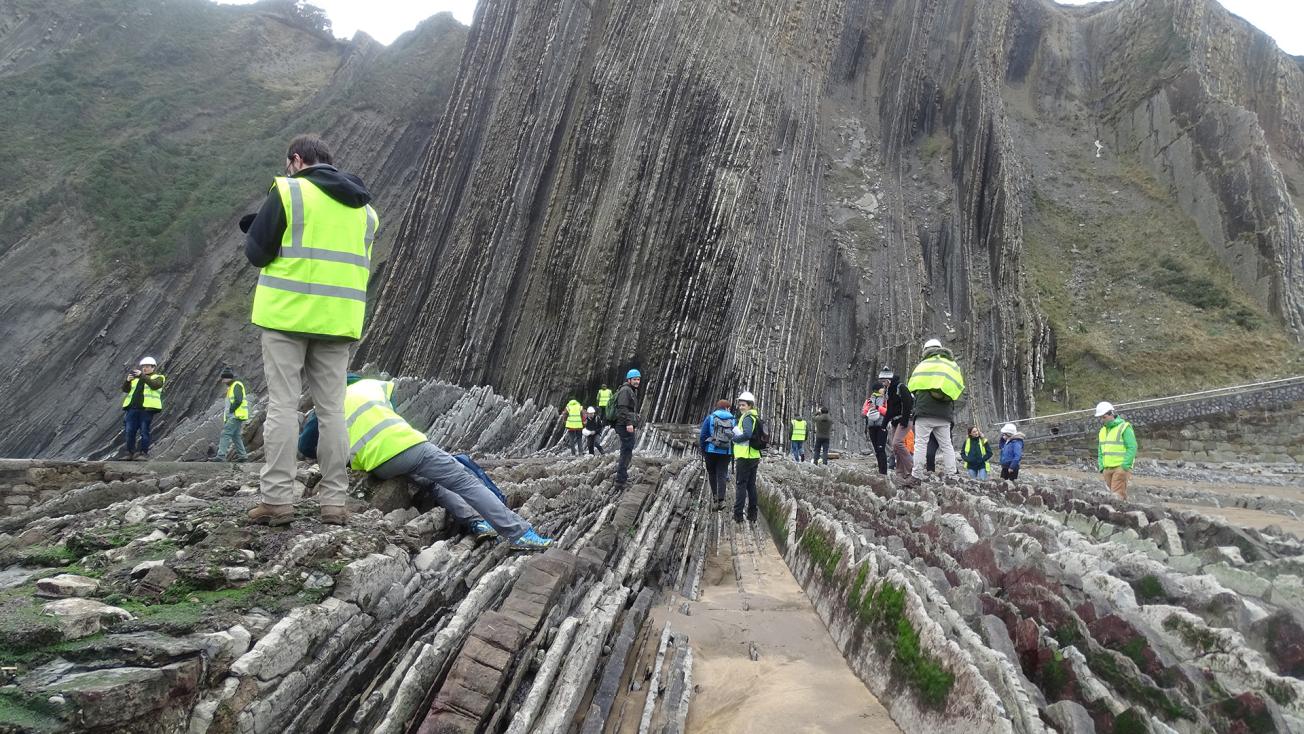
Cretaceous flysch from Zumaïa (Spain) visited during a winter school organised under the Orogen project.
© BRGM – T. Baudin
Orogen: a study of processes before, during and after orogenesis
“The aim of Orogen was to rethink the conditions governing the formation and breakdown of mountain ranges, taking heritage into account through the Wilson cycle”, summarises Isabelle Thinon, project leader for BRGM. Exploration of the Pyrenean range and the foreland sedimentary basins has led to improvement in certain investigation methodologies, starting with Raman spectroscopy tools for measuring thermicity at low temperatures.
The acquisition, processing and application of 3D passive seismic data have also been optimised and used to obtain in-depth understanding of a basin and a mountain range.
Orogen has led to discussion of existing geological concepts and proposals for new ones, particularly on the role of heritage and the development of physical, thermal and chemical processes depending on the deformation conditions, and on the maturity of rift-margin and orogenic systems. These advances can help to better predict the geometry of sedimentary formations and crustal structures and their development. “They are applicable to various issues and improve our research prospects for aquifers, energy resources such as geothermal energy, and hazards”, says Isabelle Thinon.
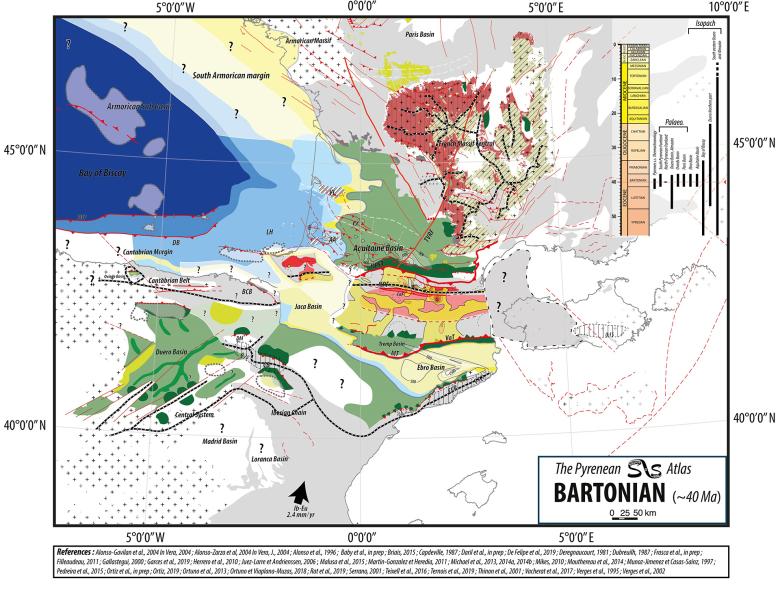
“Source to Sink” map of the Bartonian peri-Pyrenean system (40 Ma): palaeogeography, palaeogeology, isopach and exhumation rates.
© BRGM
Source to Sink: an integrated research project on sediment transfer
Source to Sink has made it possible to study the entire sediment routing system. “This is a methodological revolution that involves moving from a vision focused on sedimentary basins to one that includes the processes at source, i.e. sediment generation, the influence of climate, the rate of uplift and the transfer processes”, explains Éric Lasseur, theme manager for BRGM.
Tools have been developed to predict sediment geometry and the nature of the sediments, and hence the quality of the reservoirs. “This type of study can be applied to hydrogeology, geothermal or storage issues, for which little data is available”, emphasises Jean-Yves Roig, project leader. Knowledge of sedimentary systems from the source to the sedimentation zone also helps to predict the distribution of mineral deposits and natural pollutants.
“For the first time, we have produced maps representing key time steps that integrate ‘traditional’ palaeogeography, but also the reconstruction of erosion areas, the distribution of transfer zones and the dynamics of deformation”, says Éric Lasseur. These new overviews also promote understanding of fractured reservoirs and hence of seismic risks.
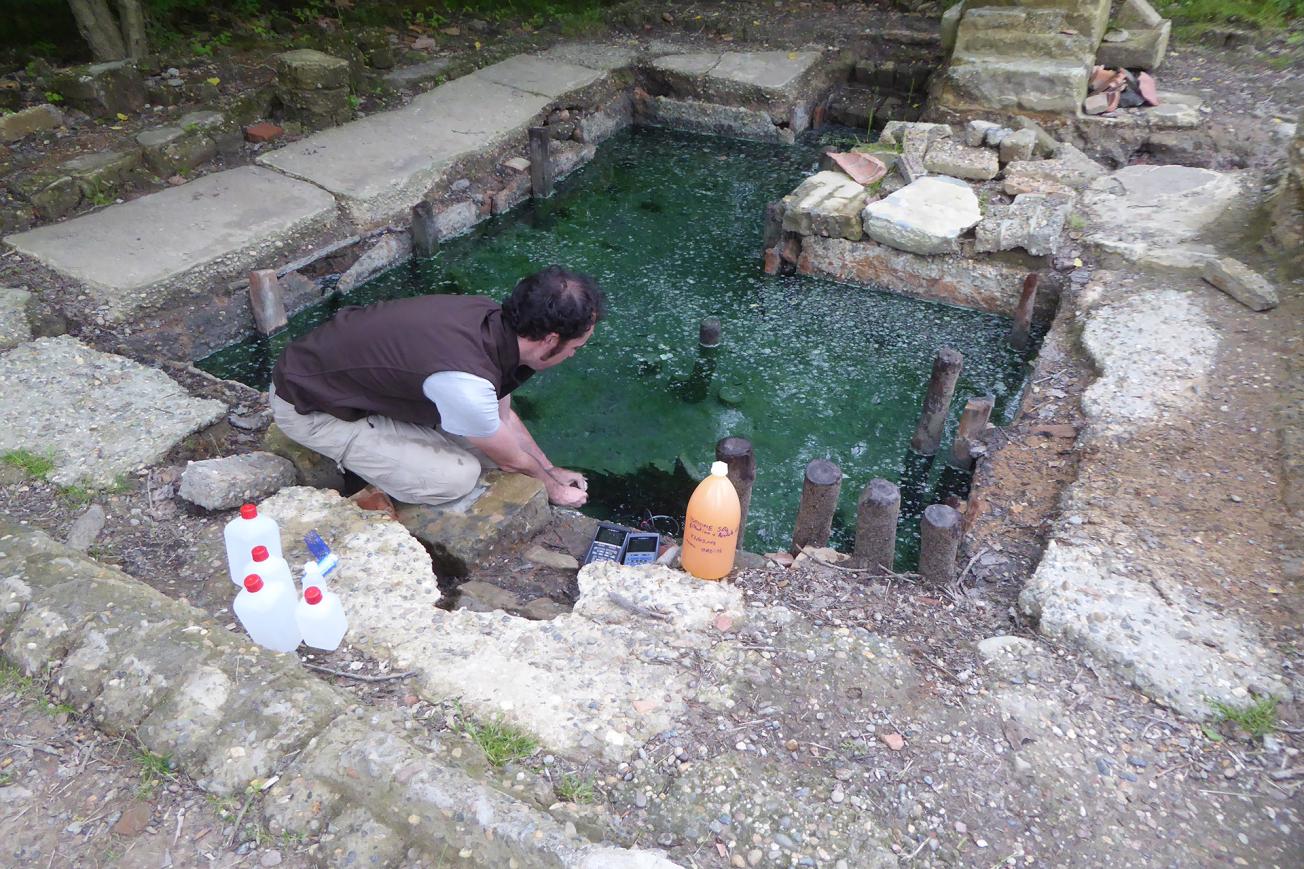
Sampling of hot sulphurous mineral water (Préchacq-les-Bains, Landes).
© BRGM – F. Gal
Fluids/Cerise: what are the links between thermal waters and deep fluids?
At least 22 thermal and mineral waters that could contain gases originating from the mantle were collected during three sampling surveys in the Pyrenees and the Aquitaine basin, followed by chemical, isotope and dating analyses. “The Cerise activities in the Fluids project sought to establish correlations between the composition of thermal and mineral waters and the upwelling of deep fluids, and to conceptualise the functioning of hydrothermal systems, with a focus on contributions from the mantle”, explains Joachim Tremosa, project leader for BRGM.
The results provided valuable information on the circulation of fluids at depth. In particular, methane of thermogenic or abiotic origin, depending on its location, was detected. “Abiotic methane suggests the associated production of native hydrogen”, says Joachim Tremosa. This potential resource is yet to be assessed.
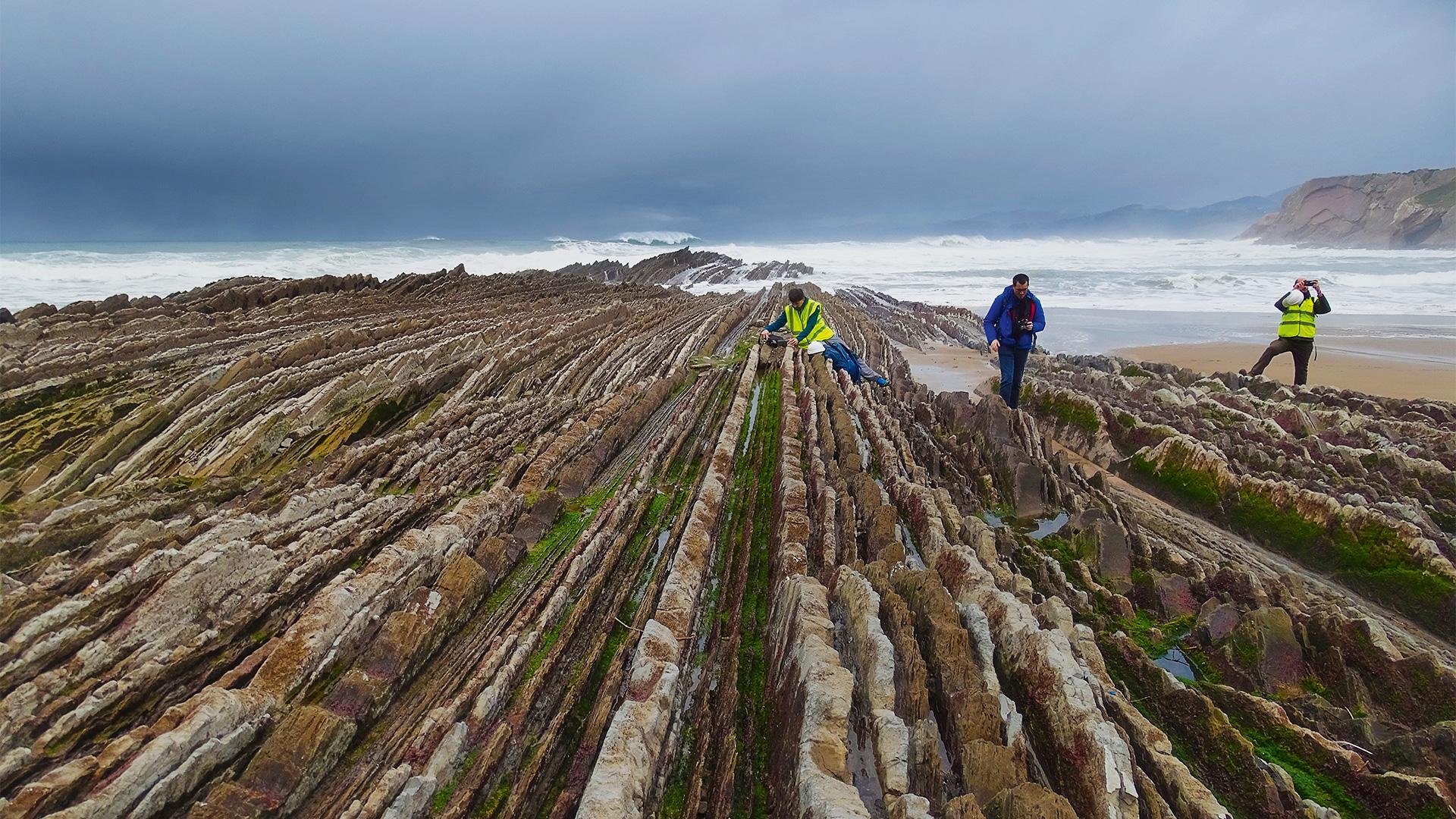
This partnership was unrivalled in terms of the scale of the collaboration (150 researchers) and the scientific results (53 thesis and post-doctoral studies completed, with more than 100 papers in scientific publications). It also showed how geosciences could potentially contribute to facilitating transition issues and be used as a teaching aid for future areas of study and even for new professions.




